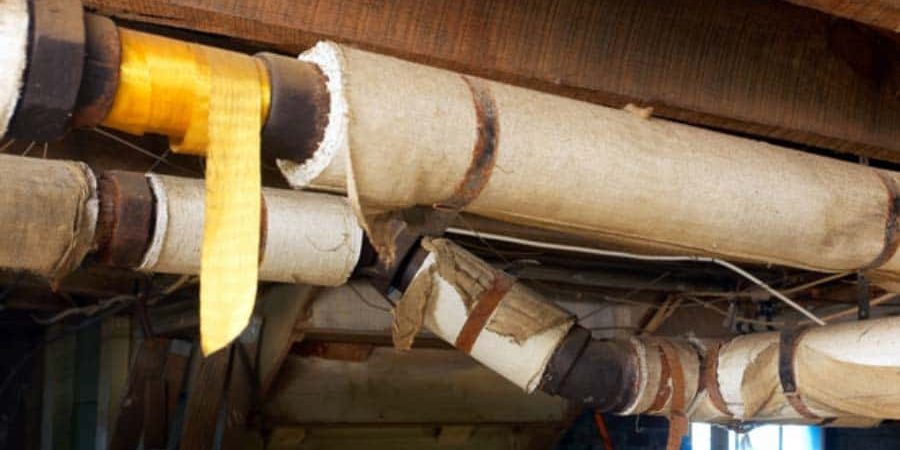Trends in Asbestos Management in the UK: Embracing Sustainability and Technology
The landscape of asbestos management in the United Kingdom is evolving rapidly, shaped by advances in technology and a growing emphasis on sustainable practices. As the need for safer, more efficient asbestos handling becomes increasingly crucial, the industry is witnessing transformative trends, notably the integration of artificial intelligence (AI) and machine learning (ML), along with a push towards greener remediation methods. This article delves into these key trends, providing insight into how they are reshaping asbestos management in the UK.
AI and Machine Learning Enhance Asbestos Surveys
One of the most significant trends in asbestos management is the use of AI and machine learning technologies. These tools are revolutionizing the way asbestos surveys are conducted, offering unprecedented accuracy and efficiency. AI-powered imaging and data analysis tools can quickly identify asbestos-containing materials (ACMs) within buildings, reducing the risk of human error and the time taken to perform surveys.
Machine learning algorithms are particularly adept at analysing vast arrays of data from past inspections to predict the likelihood of asbestos presence in similar environments. This predictive capability not only speeds up the survey process but also helps in planning effective asbestos management strategies, tailor-made for each property’s specific needs.
Sustainable Asbestos Remediation Techniques
As environmental sustainability becomes a priority across all sectors, the asbestos removal industry in the UK is also innovating to reduce its ecological footprint. Traditional asbestos remediation often involves significant environmental disruption, including the disposal of hazardous materials in landfills. In response, new methods that minimise waste and reduce environmental impact are being developed.
One approach gaining traction is the encapsulation of asbestos rather than its removal. This method involves sealing the asbestos within a protective barrier to prevent fiber release, thus avoiding the need for large-scale removal and disposal. Encapsulation is less disruptive and more sustainable, as it reduces the volume of hazardous waste generated.
Regulations Drive Innovation
UK regulations on asbestos management are among the strictest in the world, compelling the industry to adopt higher standards and innovate continually. The Control of Asbestos Regulations 2012, for example, requires that any work involving asbestos must be done by licensed professionals, using the safest and most effective methods. These regulations have spurred the development and adoption of new technologies and practices in the industry.
As part of regulatory compliance, there is also an increasing trend towards better record-keeping and documentation, facilitated by digital solutions. Software platforms that integrate AI can now track and manage asbestos data more effectively, ensuring that all safety standards are met and that the management plans are up to date.
Looking Forward
The future of asbestos management in the UK is likely to see further integration of technology and sustainability. With ongoing advancements in AI and sustainable practices, the industry is set to not only improve safety and efficiency but also reduce its environmental impact. The commitment to embracing these trends not only reflects the industry’s adaptability but also its dedication to safeguarding public health and the environment.







